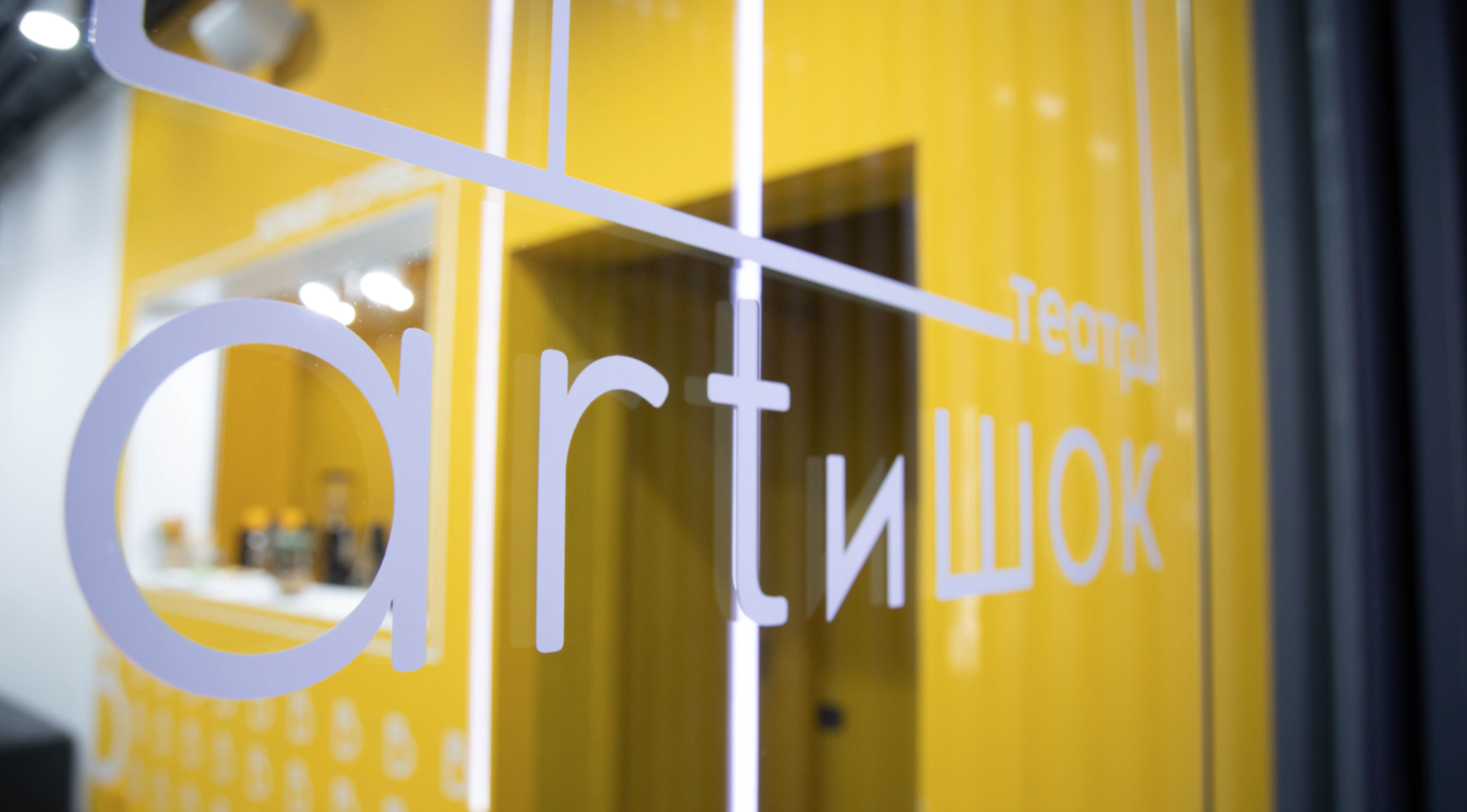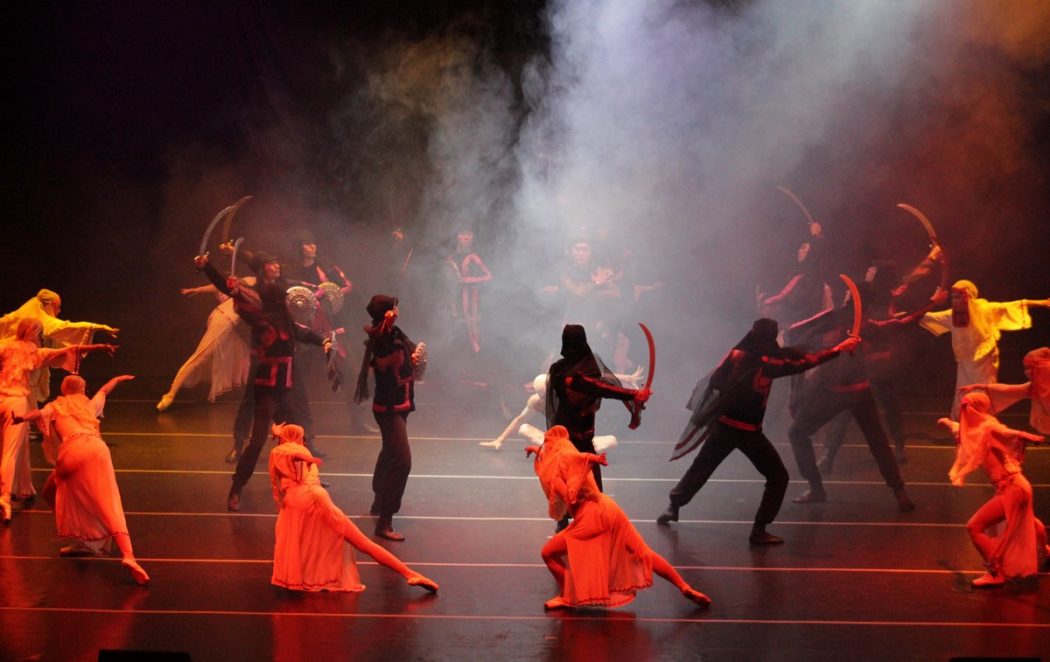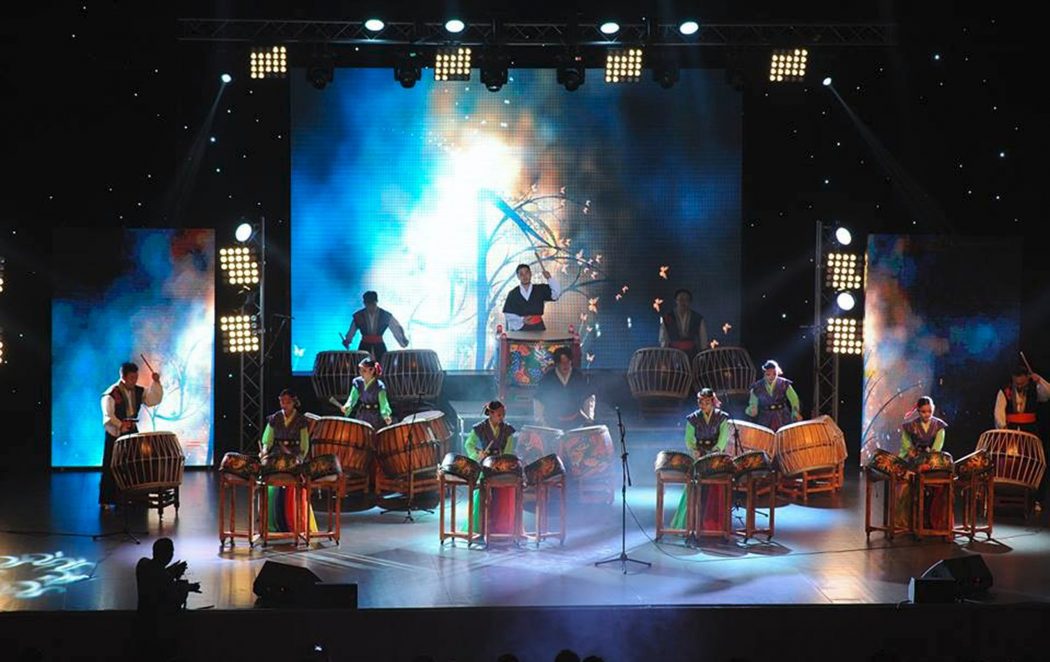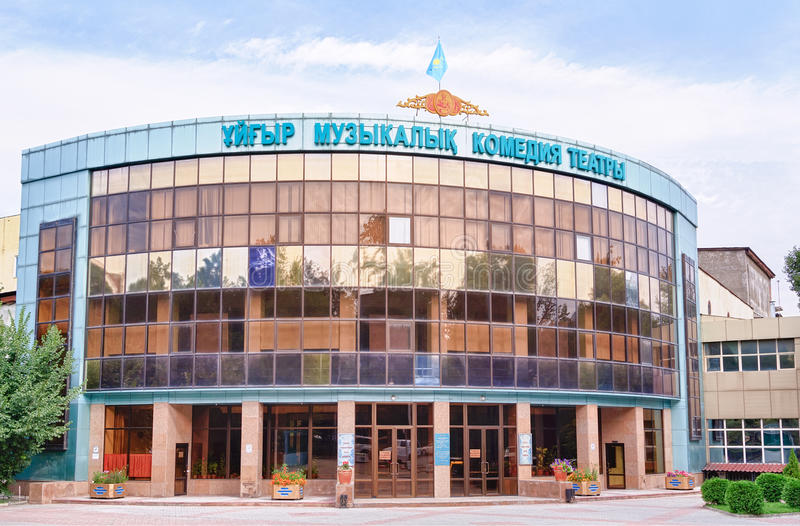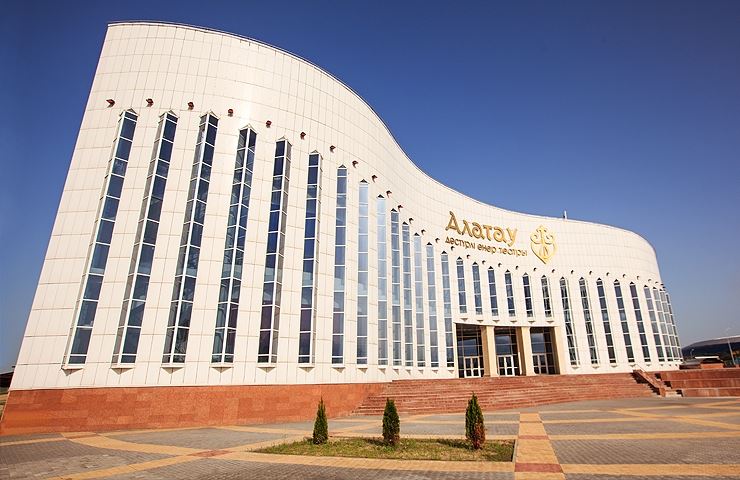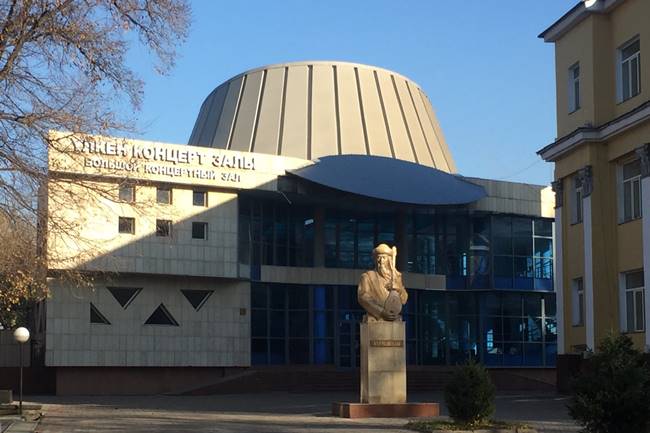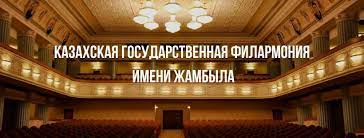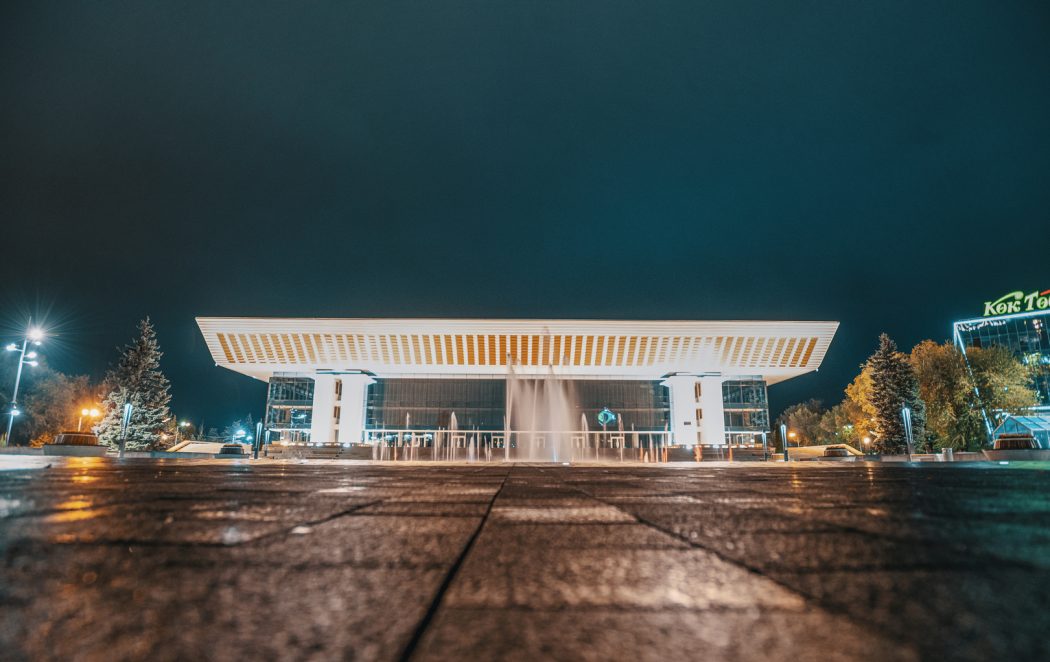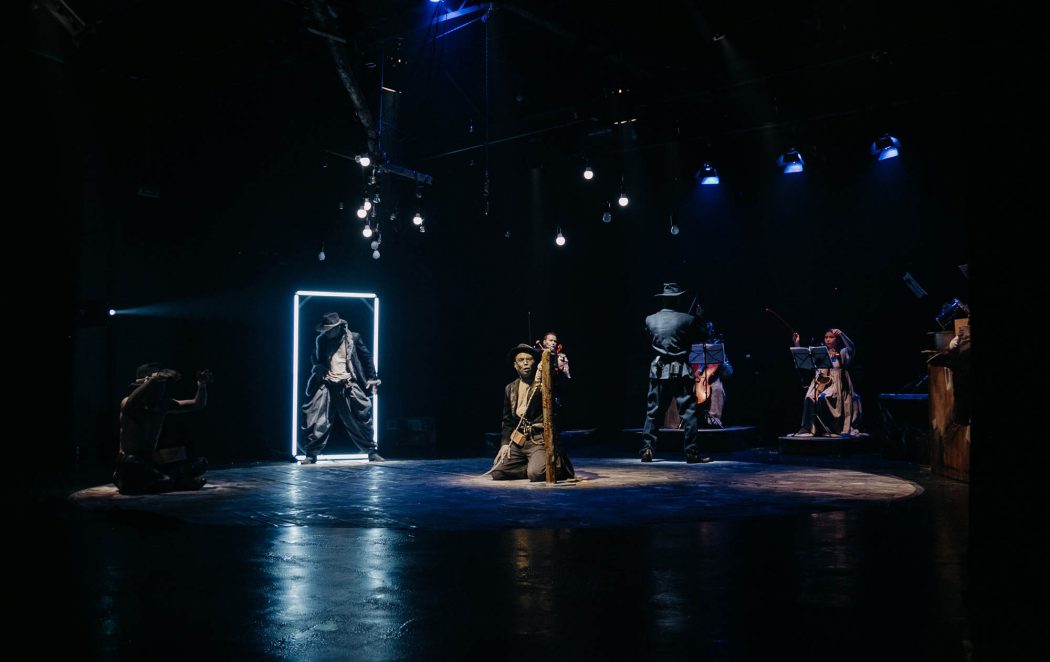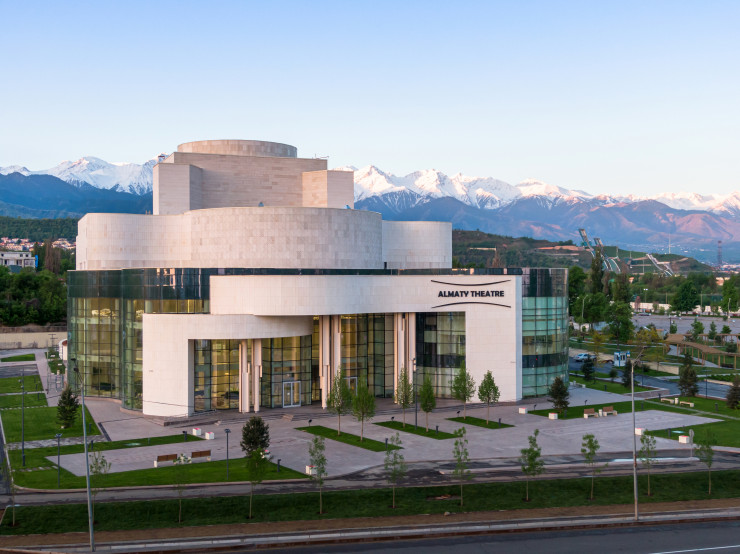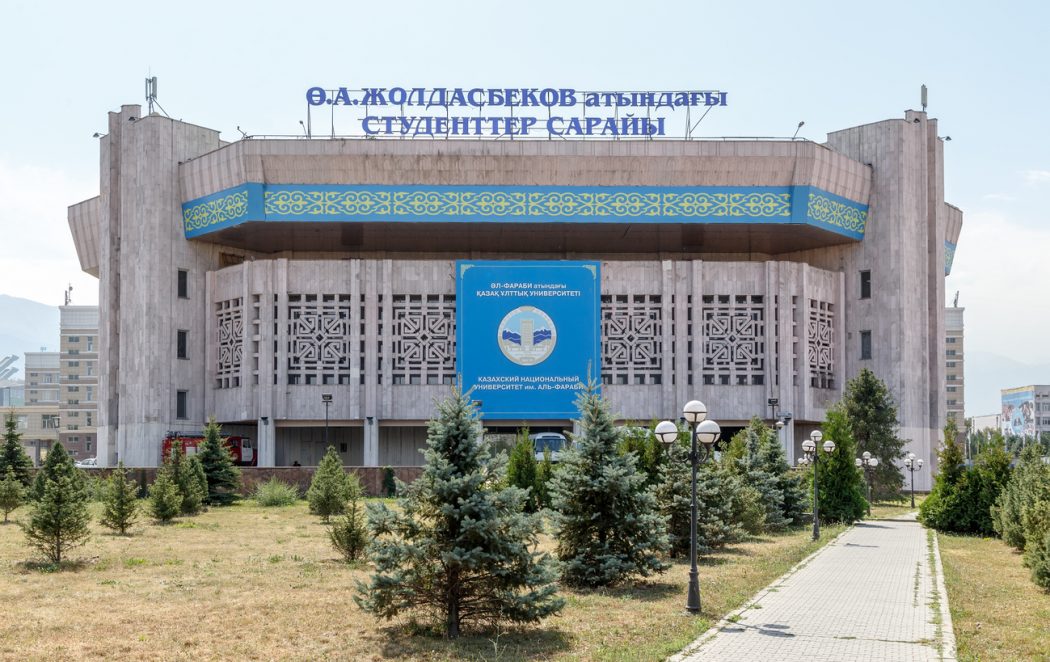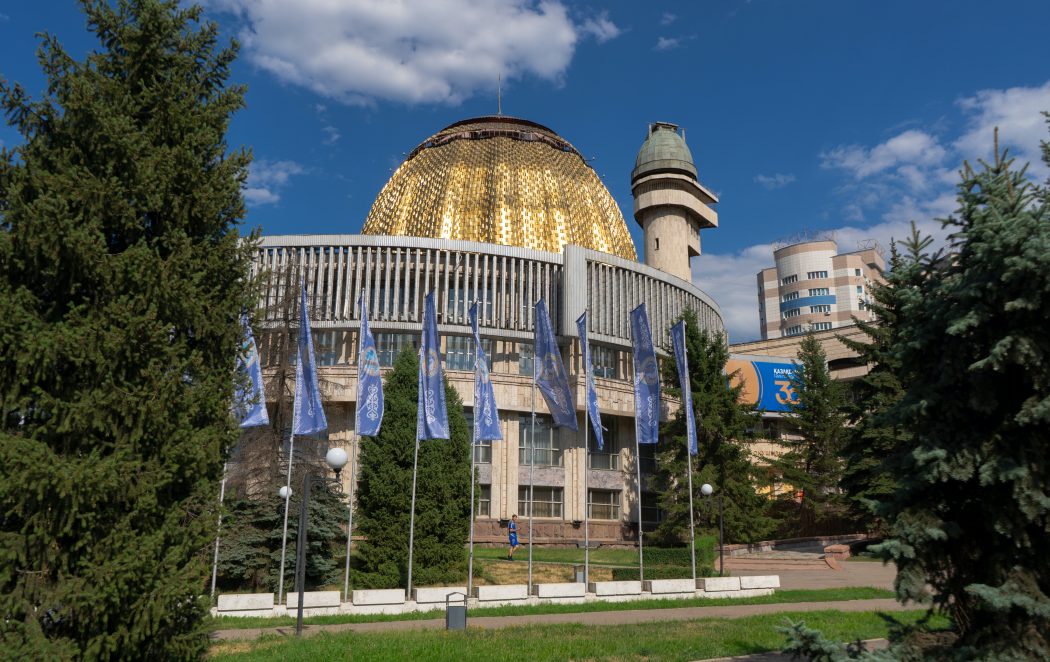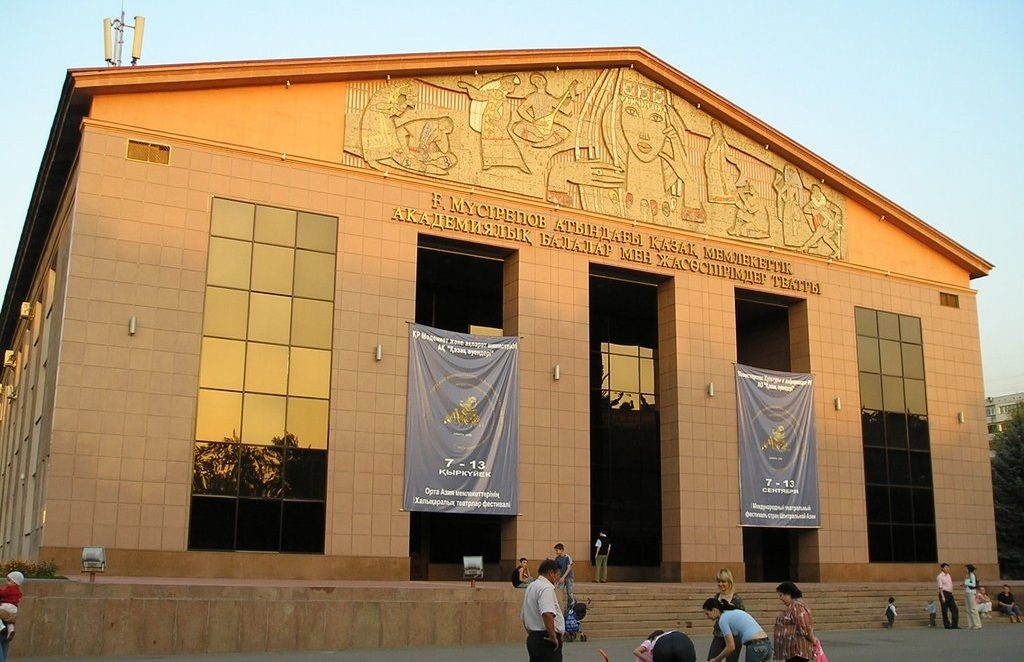M. Lermontov Theater
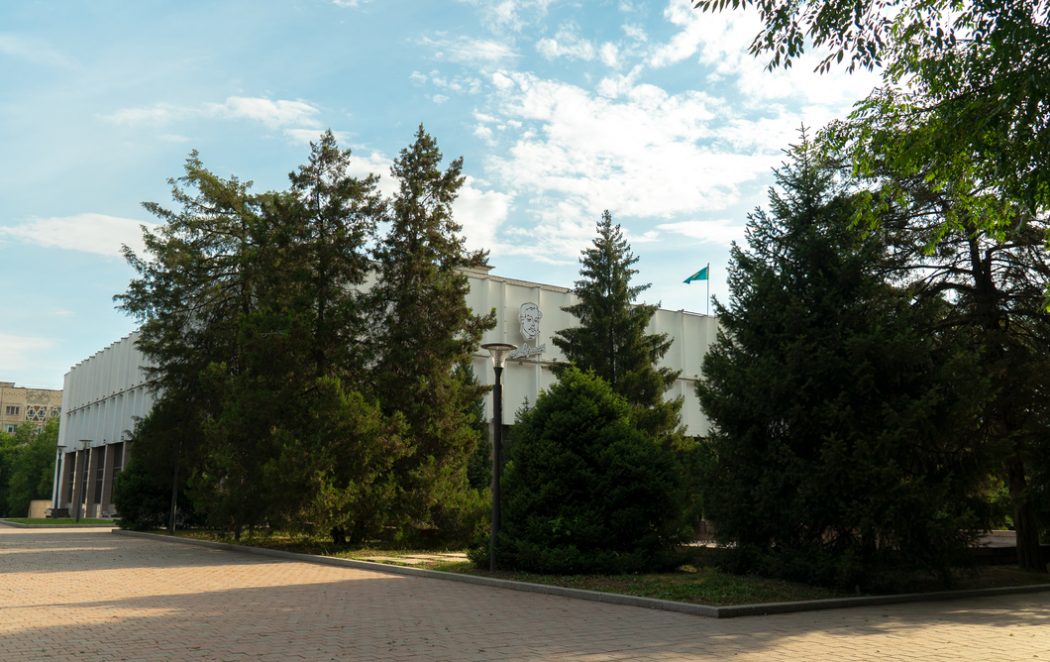
In 1933, the Russian Drama Theater was opened in the city of Alma-Ata. The participation in the creation and formation of the theater of such highly professional masters as Yuri Rutkovsky, Zinaida Morskaya (Maximova), Evgeni Diordiev, Vladimir Zeldin brought fame to the Alma-Ata Theater. In 1964, the year of the 150th anniversary of the birth of Mikhail Yuryevich Lermontov, the theater was named after the poet. A few years later, the play Lieutenant Lermontov by Konstantin Paustovsky was put on the stage of the theater. Gennady Balaev, the Honored Artist of the Republic of Kazakhstan played Lermontov in this performance. After a successful tour in Moscow in 1974, the theater was awarded the title of academic. In 1983, the 50th anniversary of the theater was celebrated and the collective was awarded the Order of Friendship of Peoples.
Theater development
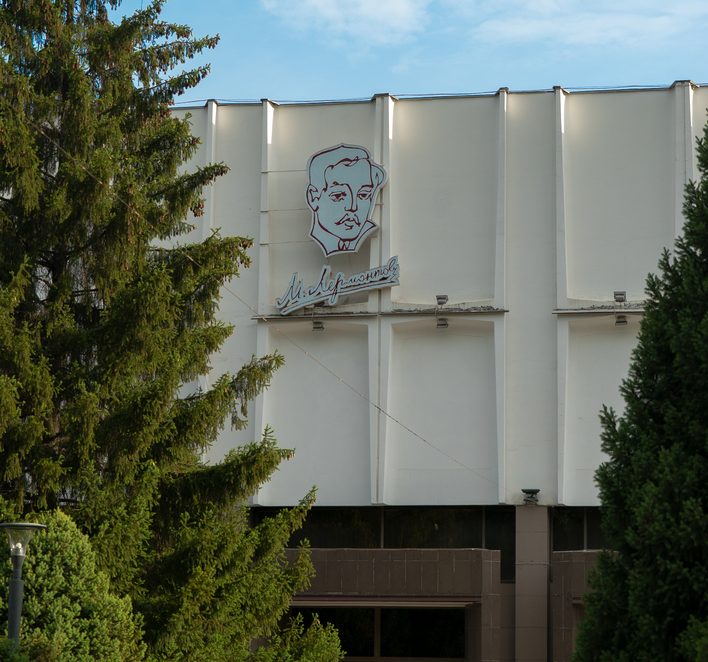
From 1983 to the present time, the artistic director of the theater is the People’s Artist of the Republic of Kazakhstan Ruben Andriasyan. In March 2000, the theater team was awarded the Certificate of Honor of the Committee of Culture for fruitful work in the development of theatrical art. From 2006 to 2008, major repairs were carried out. The theater has installed expensive stage lighting and sound equipment, modern air conditioning and heating systems. At the end of 2012, the theater became the first theater in Kazakhstan to launch an online ticket sale. In the current building of the Drama Theater on Abay Ave., which was rebuilt in 1968-1969, the architects were V. Davydenko, G. Gorlyshkov, I. Bylinkin, N. Shebalina, N. Rogacheva, V. Rudenko. The lower tier on the main and side facades is made in the form of large stained-glass windows with narrow columned piers. In the upper tier directly above the stained-glass windows, panels with large ribs creating a straight and inverted W-shaped pattern are symmetrically placed in two rows.
Two adjacent and one separate entrance apertures from the main facade have a portal frame with protruding pylons. The courtyard facade, which, due to the difference in relief and the presence of relatively small auxiliary rooms on this side, has five floors, is solved by combining different-sized rectangular and square windows on smooth walls.


